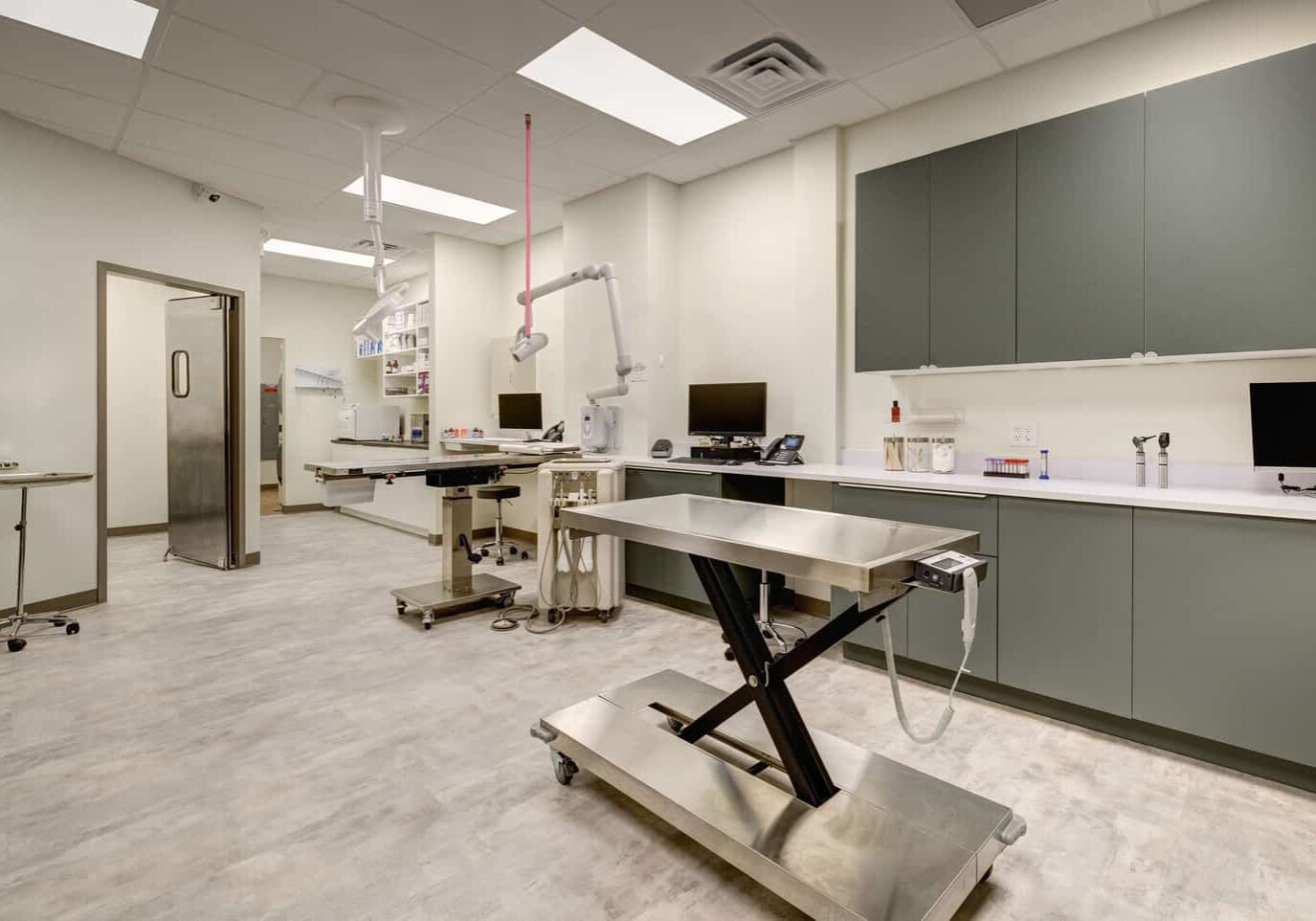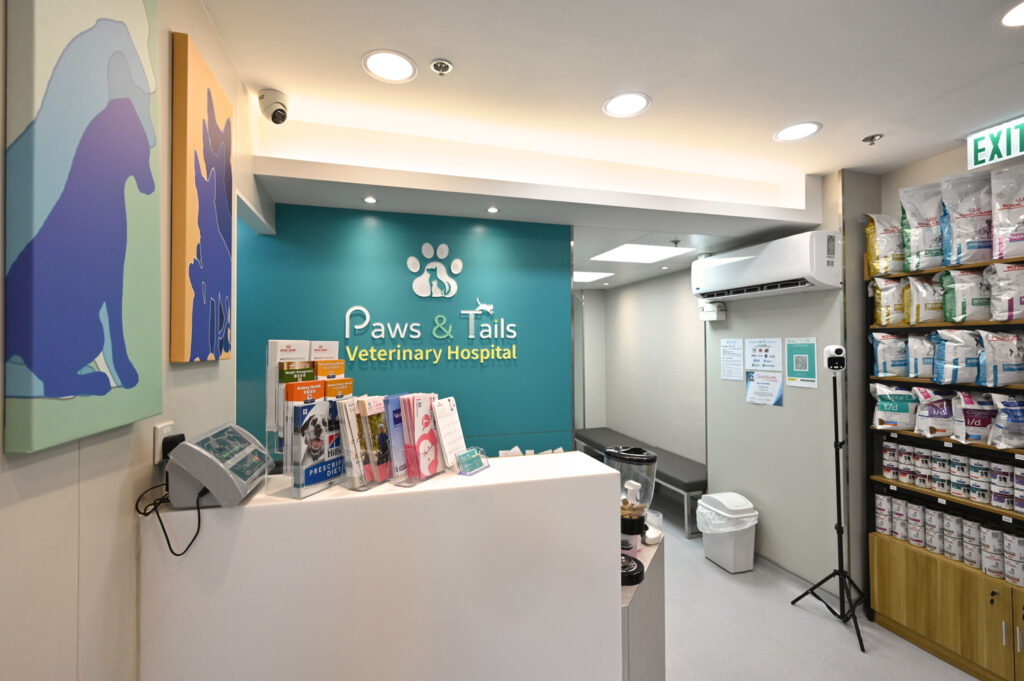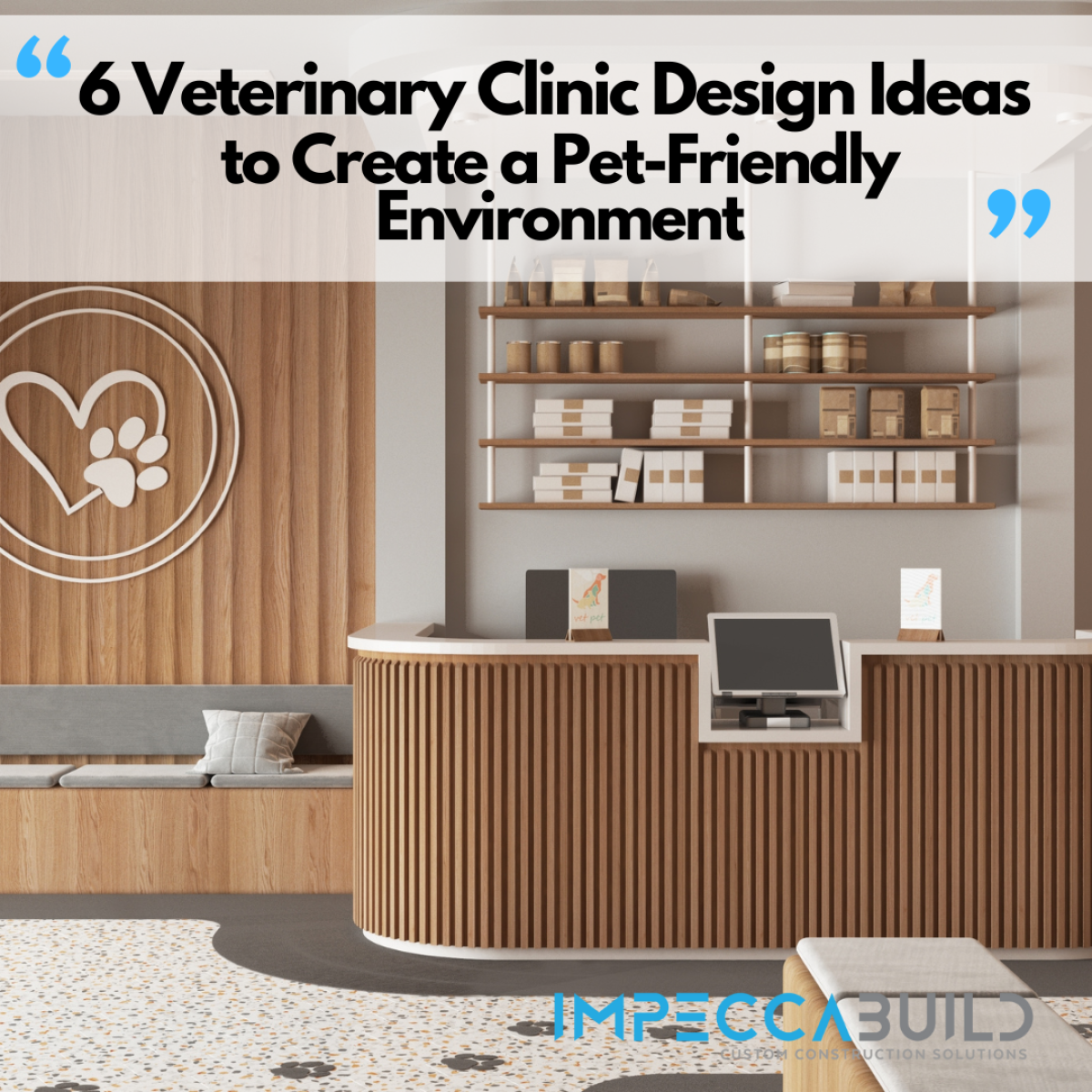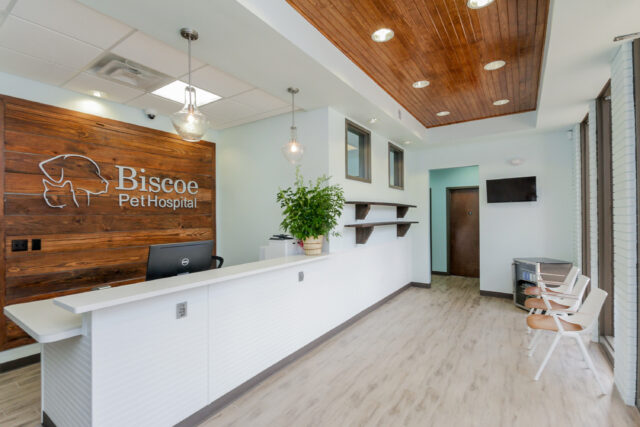When you think of a veterinary hospital, what comes to mind? For many pet owners, it’s a place of stress and anxiety. But what if we could change that perception through thoughtful interior design? Having spent years in the veterinary field, I’ve witnessed the profound impact that a well-designed space can have on both animals and their owners. In this article, we will explore the best practices in veterinary hospital interior design, focusing on creating an environment that is not only functional but also welcoming and soothing.
1. Understanding the Importance of Interior Design in Veterinary Hospitals
1.1 The Role of Environment in Animal Care
Animals, much like humans, can experience anxiety when visiting a veterinary clinic. Thus, the interior design can significantly influence their behavior and comfort levels. A well-designed space can reduce stress and create a more positive experience for pets and their owners.
1.2 Enhancing Human Experience
Beyond the animals, pet owners must also feel comfortable in the environment. Welcoming spaces can ease anxiety and create a sense of trust in the clinic’s services.
2. Key Principles of Veterinary Hospital Interior Design

2.1 Functional Layout
The layout should facilitate efficient workflows among staff while providing a comfortable experience for visitors. Considerations include:
- Reception area proximity to exam rooms
- Separate waiting areas for dogs and cats
- Clear signage and pathways
Table: Optimal Layout Features
| Feature | Description |
|---|---|
| Reception Area | First point of contact; should be welcoming and spacious. |
| Exam Rooms | Private, sanitized spaces for consultations and treatment. |
| Waiting Rooms | Separate areas for dogs and cats to reduce stress. |

2.2 Color Psychology
Colors have a psychological impact on mood and behavior. Here are some considerations for color choices in veterinary hospitals:
- Cool Colors: Blues and greens can create a calming effect.
- Warm Colors: Yellows and oranges can energize and uplift.
2.3 Lighting Design
Natural light is essential for creating a welcoming environment. However, creating a balance with artificial lighting is crucial:
- Use adjustable lighting in exam rooms.
- Install large windows or skylights where possible.

3. Incorporating Sustainable Practices
3.1 Eco-Friendly Materials
Using sustainable materials not only benefits the environment but also appeals to eco-conscious clients. Consider materials such as:
- Bamboo flooring
- Recycled glass counters
- Low-VOC paints and finishings
.jpg)
3.2 Energy Efficiency
Integrating energy-efficient systems can significantly reduce operating costs. Examples include:
- LED lighting throughout the facility
- Smart thermostats for temperature control
4. Creating Specialized Spaces

4.1 Exam Rooms
Exam rooms should prioritize comfort and functionality. Key features include:
- Exam tables at an appropriate height for accessibility.
- Storage for supplies that is easily accessible.
4.2 Waiting Areas
Considerations for waiting areas include pet-friendly seating, entertainment options, and calming elements such as:
- Water features
- Artwork depicting animals and nature

5. Personal Touches that Make a Difference
5.1 Client Engagement
Engaging pet owners in the design can help create a sense of community. Consider:
- Local artists’ work displayed on the walls
- Community bulletin boards with pet-related events

5.2 Incorporating Technology
Integrate technology for ease of use; think beyond appointment scheduling to:
- Digital check-in kiosks
- Telemedicine options for follow-ups
6. Cost Considerations and Budgeting
6.1 Initial Investment vs. Long-Term Benefits
Investing in good design may have a substantial upfront cost, but consider the longer-term benefits such as:
- Increased client retention
- Improved staff productivity
- Enhanced reputation in the community
6.2 Budgeting Tips
Managing your budget effectively can make the most of your investment. Consider the following:
- Prioritize essential areas for redesign first.
- Seek bids from multiple contractors.
- Consider DIY projects for non-structural elements.
7. Future Trends in Veterinary Hospital Design
7.1 Incorporating Biophilic Design
Biophilic design focuses on connecting people with nature. Future veterinary hospitals may feature:
- Indoor gardens
- Natural materials integrated throughout the design
7.2 Flexible Spaces
Designing spaces that can adapt to various needs, such as:
- Multi-purpose rooms for different types of treatments
- Flexible waiting areas that accommodate various sizes and numbers of pets
8. Pros and Cons of Thoughtful Interior Design
8.1 Pros
A well-considered interior design offers numerous advantages:
- Enhanced comfort for pets and owners
- Increased operational efficiency
- Improved client satisfaction and loyalty
8.2 Cons
Nevertheless, there are challenges to consider:
- Higher initial costs
- Time-consuming planning and execution
Conclusion: The Future of Veterinary Hospitals
In conclusion, veterinary hospital interior design is not just about aesthetics; it is about creating functional, welcoming spaces that enhance the experience for pets, their owners, and the staff. By investing in a well-designed environment, we can transform the perception of veterinary clinics from places of fear into spaces of care and comfort. As the industry continues to evolve, incorporating modern design principles and sustainable practices will only serve to benefit our furry friends and their families.
FAQs About Veterinary Hospital Interior Design
1. How can interior design influence animal behavior?
Thoughtful interior design can reduce stress levels in animals through calming colors, proper layout, and soothing fixtures.
2. What are the key elements of a veterinary exam room?
Essential elements include comfortable exam tables, adequate storage for supplies, and a calming atmosphere.
3. Are eco-friendly materials more costly for veterinary design?
While they may require a higher upfront investment, eco-friendly materials often lead to long-term savings and benefits.
4. How can I create a welcoming waiting area?
Incorporate comfortable seating, pet-friendly amenities, and engaging elements like artwork and information boards.
5. What are current trends in veterinary hospital design?
Current trends include biophilic design, flexible spaces, and a focus on sustainability and technology integration.